
There are some fantasy, science fiction, and horror films that not every fan has caught. Not every film ever made has been seen by the audience that lives for such fare. Some of these deserve another look, because sometimes not every film should remain obscure.
Sometimes, it’s hard to see things happening just below the surface…
The People Who Own the Dark (aka Último deseo) (1975)
Distributed by: Cinematic Releasing Corporation (in US)
Directed by: León Klimovsky
The 1970s were a pretty scary time.
At least, in terms of the movies to go to back then. Everyone wanted to get in on the boom in horror films during the 1970s, from big studios down to the smaller shoestring operations. There was a market worldwide for such movies; in order to fill screens in the American market, distributors were looking everywhere for such fare, and were willing to give a go to anything they found.
Like this film from Spain…
The English dubbed version opens with a few cursory credits in silence that appear tacked on before we get a quick 11-minute sequence of quick cuts to introduce us to everyone we’re going to follow at a naughty party to be held in Vilemore, such as Lily (Maria Perschy) and Victor (Thomas Pico), who are playing host to the likes of rich businessman Bourne (Paul Naschy).

In our brief encounter with this unpleasant man, we get some sense of just how hot a soiree they’re going to hold at Vilemore. We get a further sense of this as we’re introduced to two other guests, Soviet military attaché Vasily Seriakov (Antonio Mayans) and Professor Fulton (Alberto de Mendoza), who blows off going to work to get to the party.

The intros keep coming fast and heavy as we see two of the “talent” recruited for the weekend ifyouknowwhatImean arrive at the train station, Marion (Julia Sasy) and Clara (Nadiuska). Marion takes a moment to give some change to a blind man before the two women are met by Victor at the station, and with Berta (Teresa Gimpera), Luna (Leona Devine), and Tania (Diana Polakov), head up to the house.

At the house, the three gents we’d met earlier are there, along with fellow partiers Doctors Messier (Emiliano Redondo) and Robertson (Ricardo Palacios). Which is actually good news, as this means the jumping around we opened with is finished, and with the end of the rapid-fire exposition, the film can truly begin…

The festivities begin, as Lily opens the “grand ceremony of pure pleasure,” as per the teaching of the Marquis de Sade. The men are in bathrobes and rubber masks, the “talent” is in barely anything at all, and it’s expected that if there’s any coupling between the two, that it be done in front of everyone else. Think of a small-scale smaller-budget version of the house Tom Cruise visits in Eyes Wide Shut…
We get only a couple of seconds of Fulton and Clara starting a dom-sub encounter before the entire dungeon is shaken, as though in an earthquake. Everyone goes upstairs, where Fulton is able to surmise rather quickly that the villa felt the effects of a nuclear attack. He figures this out by the fact that everyone in the dungeon was shielded from the blasts, which have blinded all the fauna above ground…
Which, no, is not really how a nuclear explosion works. There’s no physical damage to be seen anywhere around the place, and if you’re close enough to get blinded by the bomb you’d be showing other signs of trauma, such as third degree burns.

Fulton demonstrates his expertise in civil defense as he organizes the party. To survive, he lets them know that they need to spend two months in the dungeon; for them to do this, they need to go into the village and pick up enough canned goods to wait this out.
When the men get to the village, they are met by the blind man from before, who lets them know that because everyone was outside, the whole village is now as blind as he is. They’re holed up in the monastery, trying to cope with their circumstances.

The townsfolk are in pain and desperate, and everyone’s edgy as the cancelled sex party rolls into town to acquire food. Being the kind of people that they are, the party goers do what they can to compassionately assist with the recovery of the village grab what they can, killing a few townies along the way as they selfishly take what they want before they hunker down.
This, of course, rousts the villagers to action. Which is pretty impressive, that a group of people who lost their sight could become an effective murderous mob, able to take on people holed up in a house with guns who have a few defensive advantages…

By this point, there’s very little to be impressed by in the film. The talent assembled certainly gives its all; Naschy is able to be a complete monster without needing any of the werewolf makeup he uses in his more famous roles, and as this is the fifth paring with Klimovsky at the helm, Bourne’s bestial qualities are impressively displayed. Klimovsky gets a lot out of the rest of his cast, making people with very few redeeming qualities watchable as they find themselves in a horrific situation.
It’s that situation, however, where things start to fall apart. A casual viewing of the film would suggest that the movie was trying to be a homage (or worse, a rip-off) of Night of the Living Dead, with some Masque of the Red Death sprinkled liberally on it for spice. It’s assumed as you watch that their goal was that they just wanted to get a bunch of people trapped in a house with monsters trying to get in. The fact that there’s barely any sympathy generated for the victims, caught in a situation that feels ludicrous, leads others to think that it was the script that made this one of the least respected and largely forgotten Fantaterror films.
Yes, the script as written has problems, but only if you give it a surface read…

In 1975, as the film was being made, Generalissimo Francisco Franco, Spain’s authoritarian strongman since 1938, was nearing the end of his life. Franco’s rule was restrictive, with punitive damages inflicted on many of the state’s enemies that resukted in an estimated 200,00 deaths. Anyone wanting to comprehend what life under Franco was like can get a sense of it by (re-)watching Pan’s Labyrinth, following Captain Vidal as he tortures and kills his way through the Marquis.
As with all authoritarian regimes, the arts in Spain were heavily censored, with those who violate the state’s guidelines subject to its wrath. Films back then were reviewed by two different boards, one set up by the Falangist authorities, and another by the Catholic Church. Even after the rules were loosened up in 1966 when Manuel Fraga was the Minister of Information, allowing for more skin to be shown, film makers had to be especially wary of their careers being taken away if they offended the authorities.

Vincente Aranda, from 1980 (source)
It’s under these conditions that the film’s principal screenwriter, Vincente Aranda, turned in his script. Aranda throughout his early career tried to push the boundaries of what could be shown; the fact that his next film in 1976 was Sex Change, a story about a trans woman that served as commentary about the difficult changes from Franco to democracy, gives some sense of what he thought about Spain’s direction over the last few decades.

Original Spanish theatrical poster
As a result, we can see in this story about corrupt characters who let those under them suffer, before the people in the village rise up to go after them, an allegory for Spain as the last years of Franco’s rule were coming to an end. The fact that the characters are immoral and have to pay for their actions suggests frustration with those in charge, who likely earned whatever punishment the mob would mete out. (The fact that there is a strong moral indignation with the characters might explain how the Catholic Church censors allowed for all the nudity the film displays.)
That the film got distribution despite the subversive subtext suggests that the movie was so subtle, no one saw the criticism of the state when it was released. The film’s critiques were certainly invisible outside of Spain; by the time the movie comes to the US in 1980, the distributor tried to suggest in advertising the film that the people in the house were facing devil worshipers. As the film lost some of its run time before making it over here (which included cuts of all the actors’ credits), the movie we got refused to make sense, frustrating any subtext trying to appear.

U.S. theatrical release poster
Yes, the 1970s were a pretty scary time, both what we could see of it and what we were blind to…




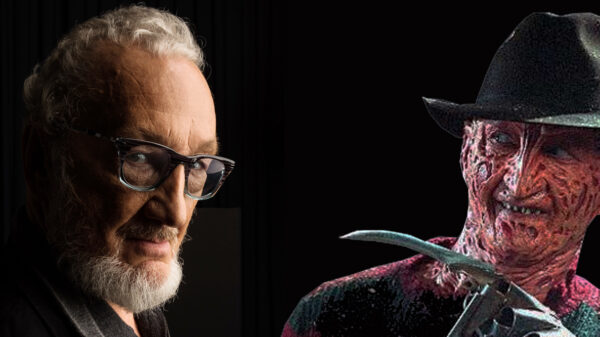



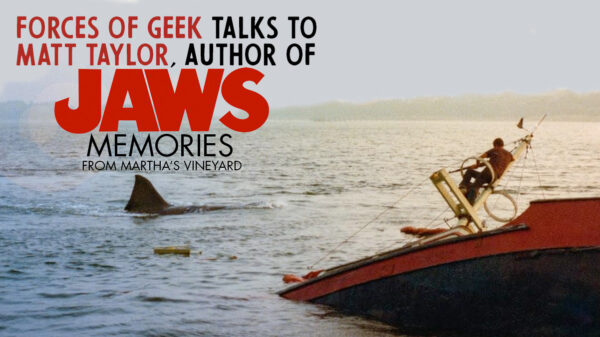
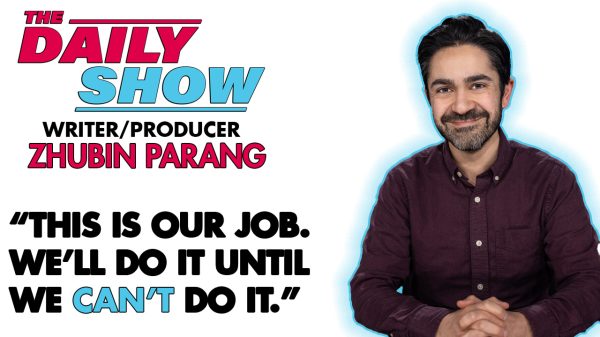
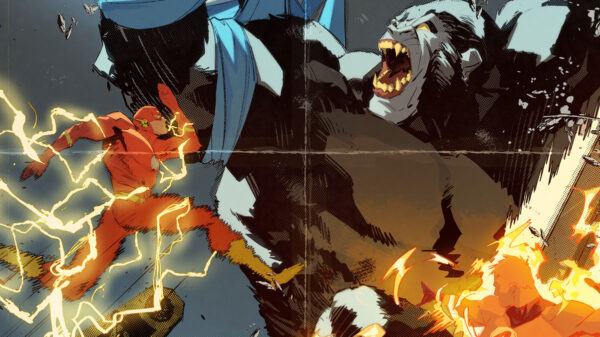
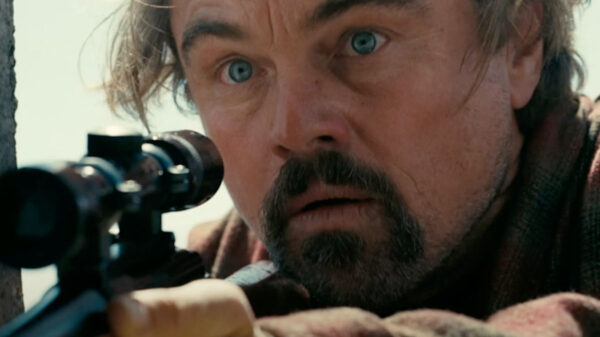
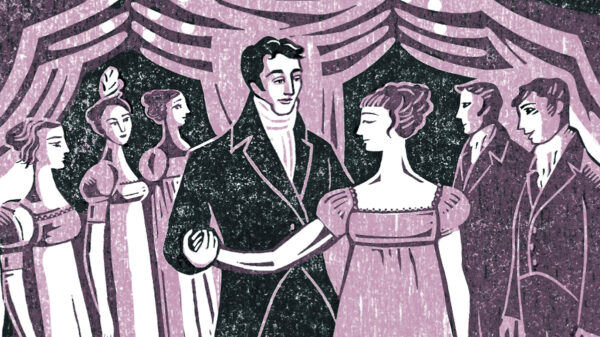







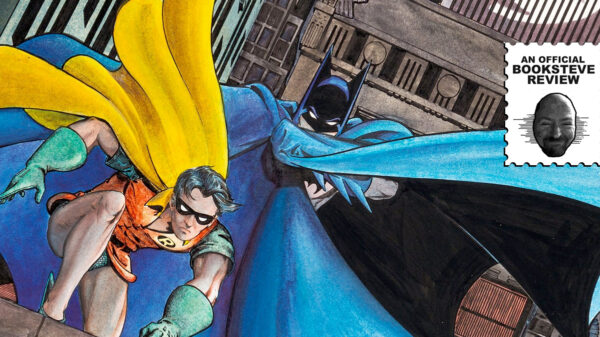
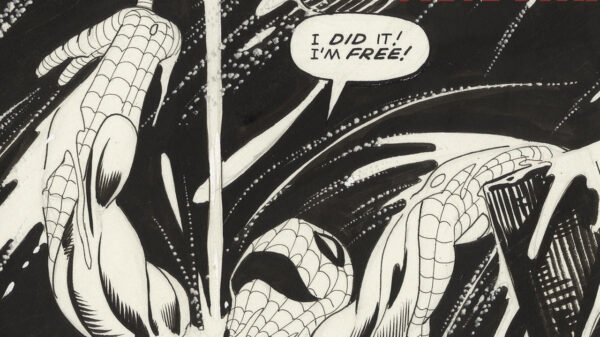


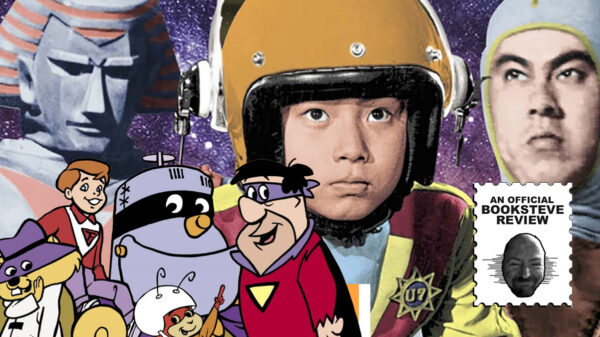
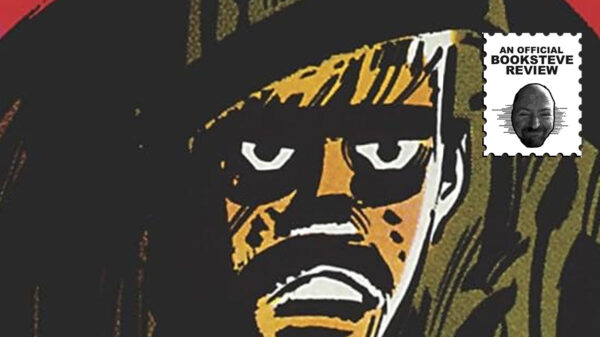
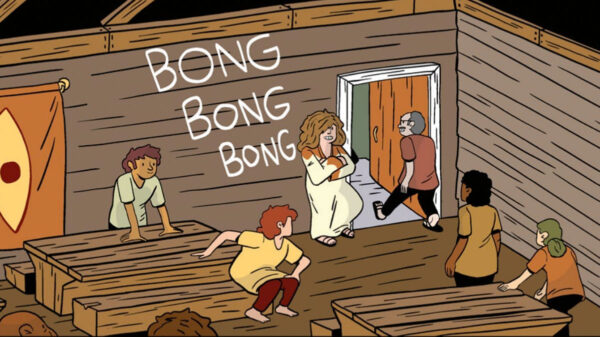
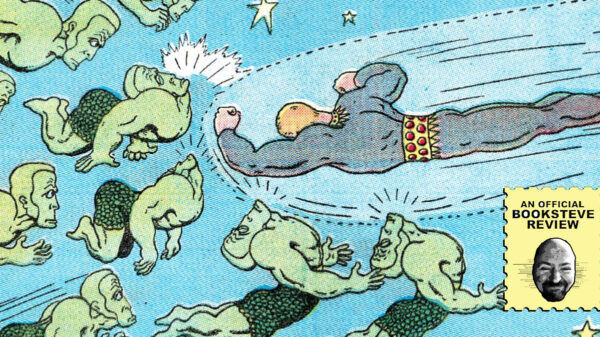
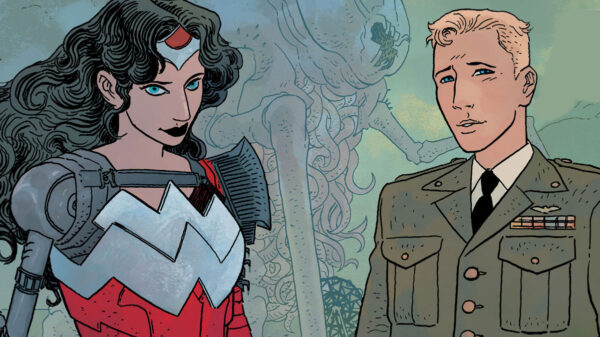









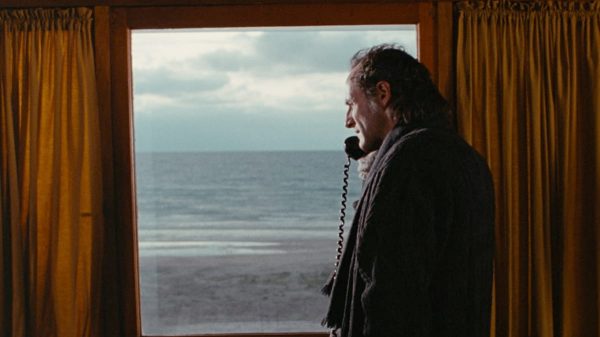
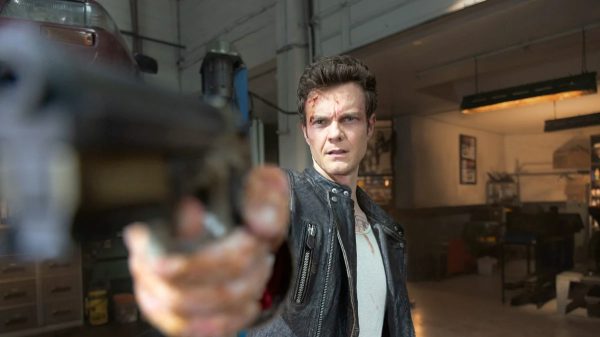
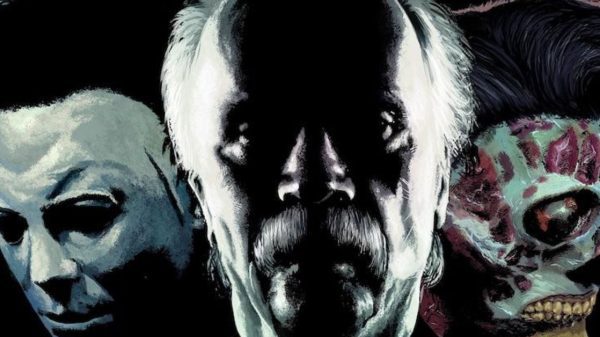
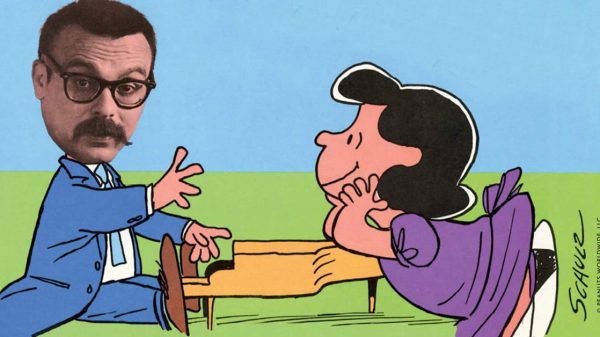















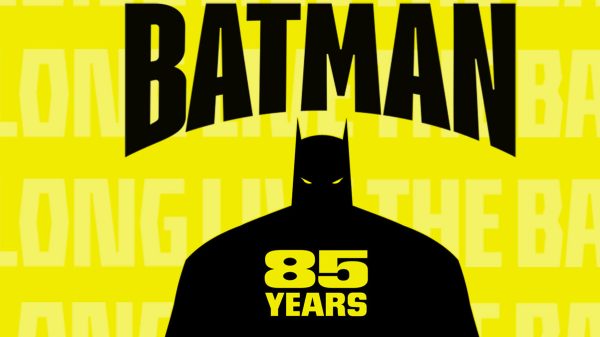





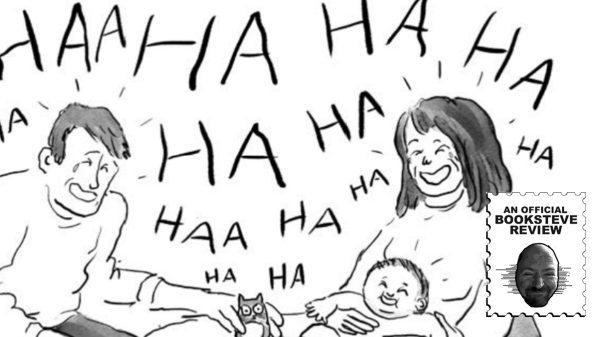



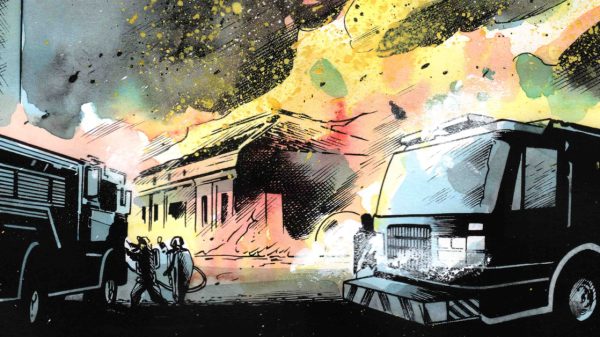




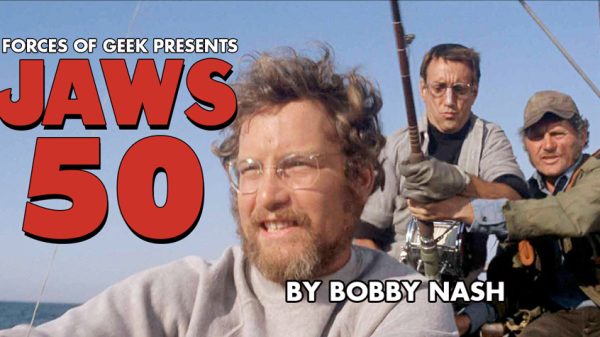









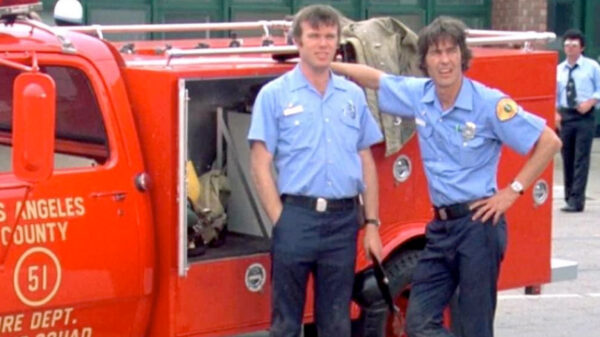
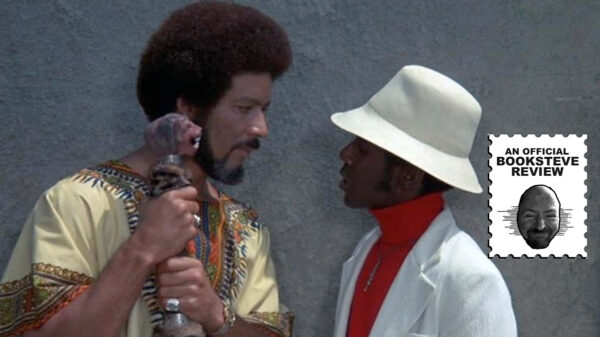
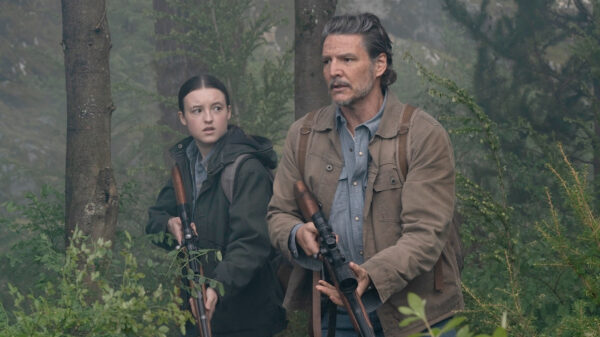











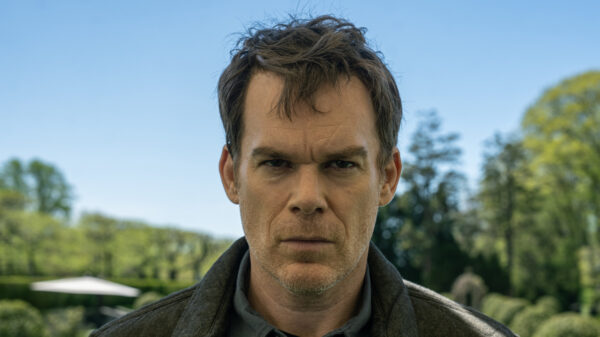
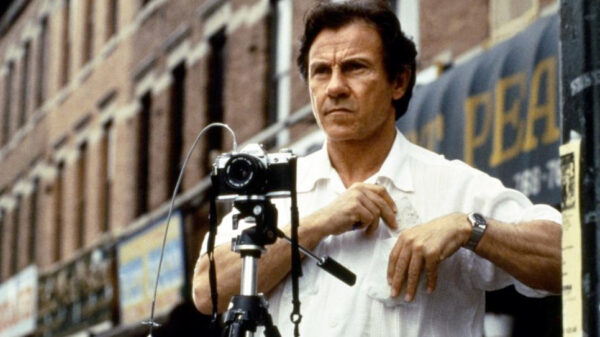





You must be logged in to post a comment Login